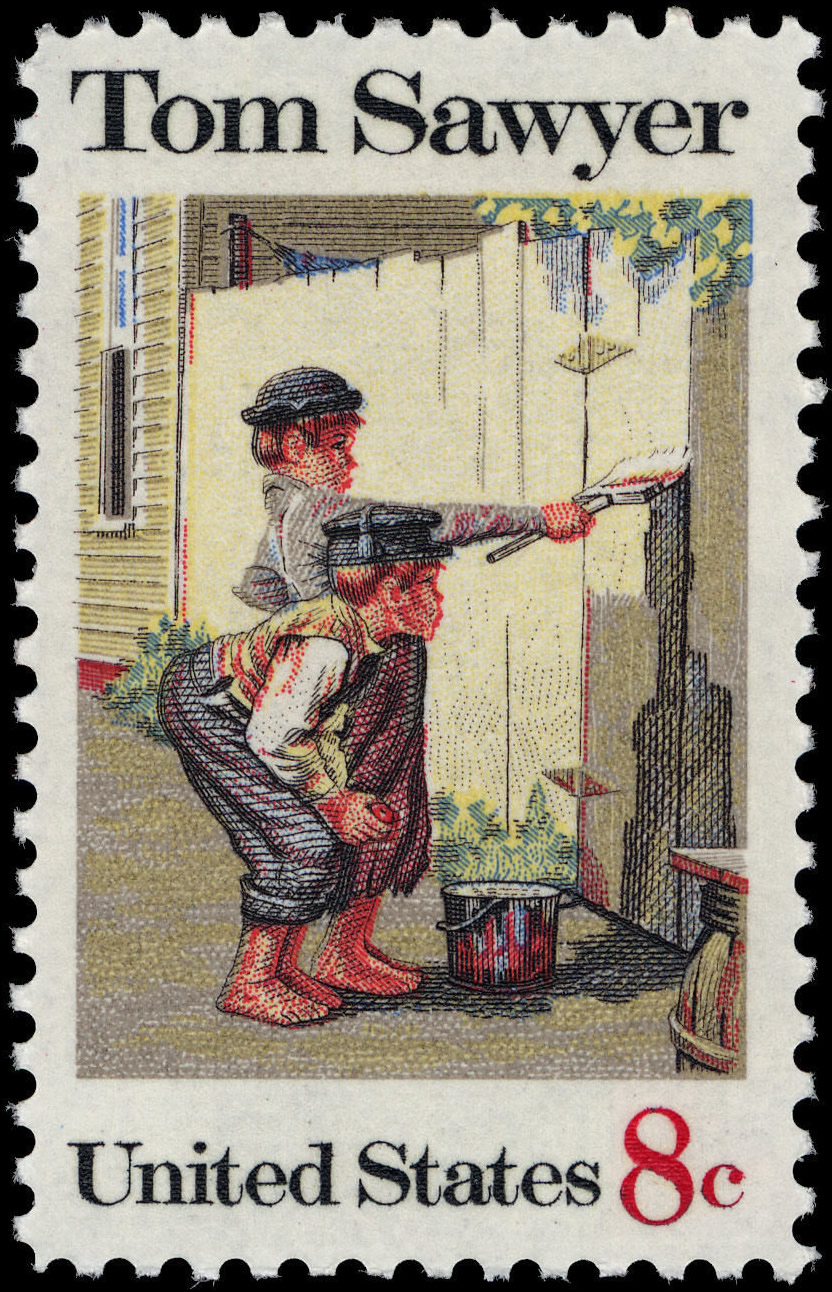CorporateNature metaphor series, No 128
STORY 1: David Ogilvy & the beggar
A 1950s story tells the vivid history of advertising guru David Ogilvy. Ogilvy was working as a copywriter and would pass by a blind beggar on a street corner every day. The beggar held a sign: "I'M BLIND. PLEASE HELP." Pedestrians would usually walk past, ignoring the beggar. One day, the copywriter decided to help the man. He took out a marker and scribbled something on the sign. From that day on, the blind man's luck turned and his cup was always full of coins. The copywriter had changed the sign to: "IT'S SPRING AND I'M BLIND. PLEASE HELP"
STORY 2: Seven Up & the Lemon flavour of yellow
Malcolm Gladwell tells this soft drinks story in his bestseller "Blink: The Power of Thinking Without Thinking." Fooling the brain with external visual stimulus is remarkably easy. It turns out that with the addition of only 15% more yellow colouring to the package of 7 Up, consumers consistently report a stronger lemon flavour. Similarly, the colour jelly taste test reveals just how essential appearances are for our brain to make a judgement call on whether something would taste good or not.
STORY 3: Kintsugi brings into the open what is often hidden.
Kinsukuroi (金繕い, "kintsugi" or "golden repair) is the medieval Japanese technique of repairing broken pottery by gluing together broken fragments with a gold-mix paste. The idea is that the cracks where the item was broken are part of its history and should be showcased, rather than trying to hide them as defects. Collectors during some periods became so enamoured of this popular art form that some would even go as far as deliberately smashing valuable pottery so it could be repaired with the gold seams of kinsukuroi.
STORY 4: Zhuangzi parable about the monkey trainer
Chinese daoist philosopher Zhuangzi tells the story of a monkey trainer who was giving his monkeys acorns during training: three in the morning and four at night. This was considered unjust by some of the monkeys, and they got furious with their trainer. To alleviate the situation, the trainer suggested: "Why don't I switch this around: four nuts in the morning and three at night." The monkeys were all delighted.
5. CONCLUSION
Whether it's about a quick edit on the go, changing the taste of food by changing colour, turning a seeming flaw into a decorative feature, or using rhetoric to get your point across, the importance of external appearance is ever-present and of extreme importance. Consider this next time you go for a job interview.
 |
| Kintsugi: golden repair of a broken plate corner (image source: Wikipedia) |




